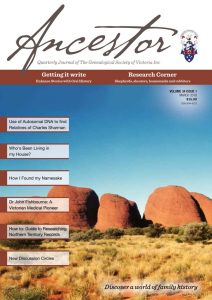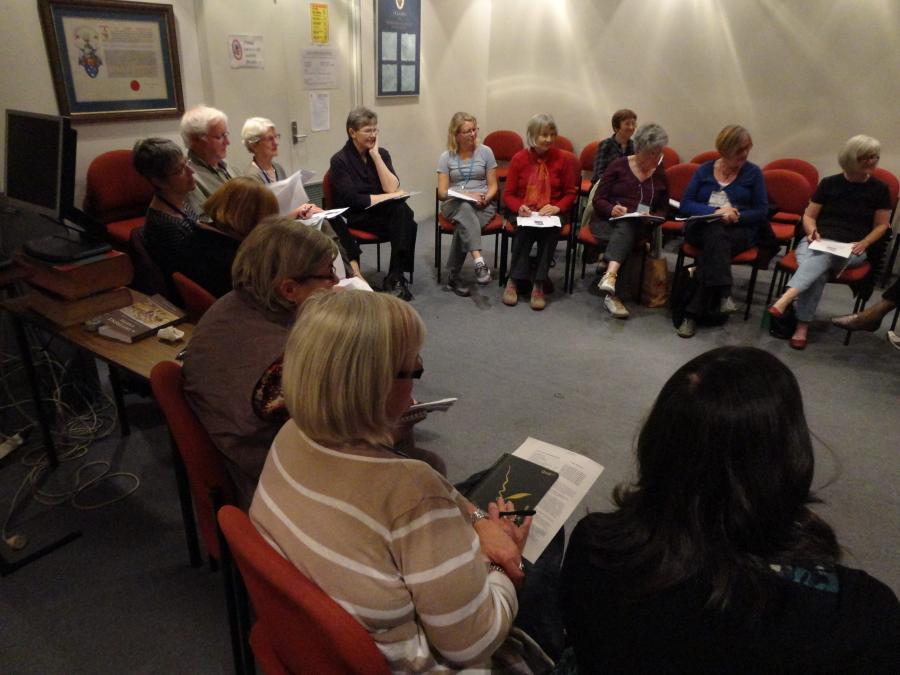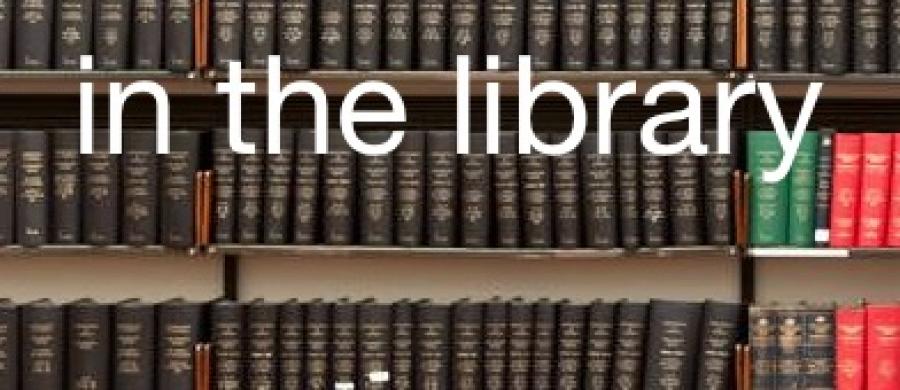Writing a Morkham history: a member's challenge
I was interested to read an email from John Morkham, sent in response to the first 'Keyboard of the President' article. John has been a GSV Member for twenty-eight years. Life is busy for most of us, and our genealogical research proceeds in bursts, when it can be fitted in. In John's case, the family history compilation has been going on over a number of generations and that work has passed down to him. With so much accumulated research, he now plans to retire from his 'retirement' positions, so he can commence writing the history. Many of us can identify with John's objective, as he described it in his email.
*
'May I, at the outset, wish you, the Board, Staff and the Members, a very happy Easter. I joined GSV in July 1989. How pleased was I today to receive your 'Keyboard' number 1 report concerning activities and observations for the GSV's future. This prompted me to reflect on my family history research and my present situation.
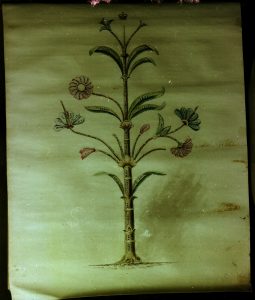 Morkham family tree, painted by Thomas Frank Morkham, 1902. Courtesy of John Morkham.
Morkham family tree, painted by Thomas Frank Morkham, 1902. Courtesy of John Morkham.
My great grandfather, Thomas Frank Morkham, following his retirement as Secretary of Lands (Victoria) travelled to the UK and Ireland in 1902. His father, who brought most of his family to Geelong, told him of the then known history of the Morkham family, which had been based in Dunster, Somerset. This drew him to start family research from the Dunster records. As a result of that trip he wrote notes from those records and then painted a Family Tree, which shows at its base his own great grandfather. His notes also include a reference to the death of his great, great grandfather’s wife Katherine, wife of John.
Since 1902, recordkeeping has evolved immensely, with digital recording of hard copies and the collating of them into family records. It is most unfortunate that Catholic Ireland failed to undertake Parish recordkeeping before 1837. Odd records were maintained by UK legislation and Victorian church systems. My great grandfather, who was born in Denmark, possessed an older family history, which was burnt in 1870. Such a shame; but fortunately the Diocese had many relevant records. From 1973 up to today, I have researched our whole family history with the help of branches of over three times-removed supporters as well as my father, mother, aunts and uncles and others not related to me but carrying the now false name of Morkham.
I have retired from employed positions, but I am presently the treasurer of three organisations, as well as being committed to the Catholic Church weekly and with visits to Prison and a Hospital. I have started to inform those organisations that I wish to retire during 2019 so that I can undertake the writing and recording of our family history back to a date of about 1490. In 2019, I plan to start the recording of my family history in the hope that I can accomplish this in my remaining years.
With my other 'retirement' commitments, I find it very hard to attend functions of importance arranged by GSV. Despite this, I support GSV, its relationship with RHSV and the Australian Congress on Genealogy & Heraldry. I am also a member of the Somerset Archives and the Australian Heraldry Society. I hope to be able to use the GSV resources more fully as I undertake this next stage of my family's history. Best wishes to you and the Board.'
John Morkham, 4 April 2018. [This is an edited version of John's email, reproduced with his approval, Ed.].
*
Presenting years of research in a readable way can be daunting. GSV can assist its members to get started and can provide ongoing support from other writers in its Writers Discussion Circle. Articles in Ancestor's 'Getting it Write' series address all aspects of writing family history - for example, 'Getting Started' (vol. 28 no.1) and 'The Writer at Work' (vol.30 no.7). See the list here https://gsv.org.au/images/stories/pdf/GSVWritersarticles-2017.pdf. Our best wishes to John and thanks for his membership support.
***
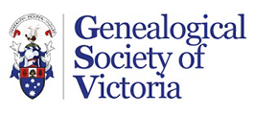

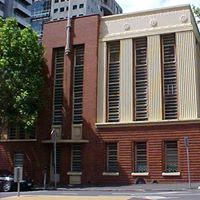 RHSV from A'Beckett St.
RHSV from A'Beckett St.

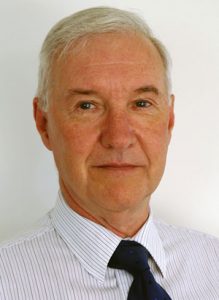
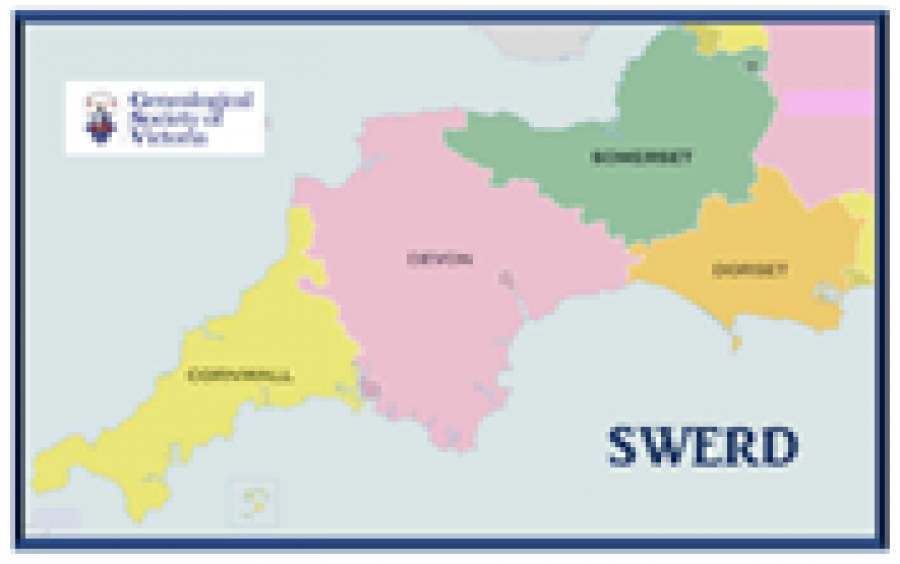
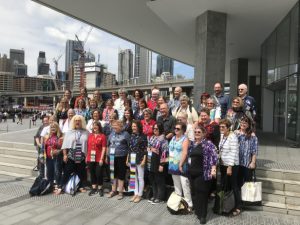 All these participants at #Congress2018 have blogs for you to read! Photograph by Murray Nicholas.
All these participants at #Congress2018 have blogs for you to read! Photograph by Murray Nicholas.
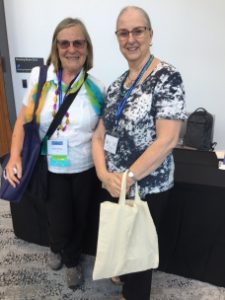 Cousins! ‘Not too distant for me’
Cousins! ‘Not too distant for me’
